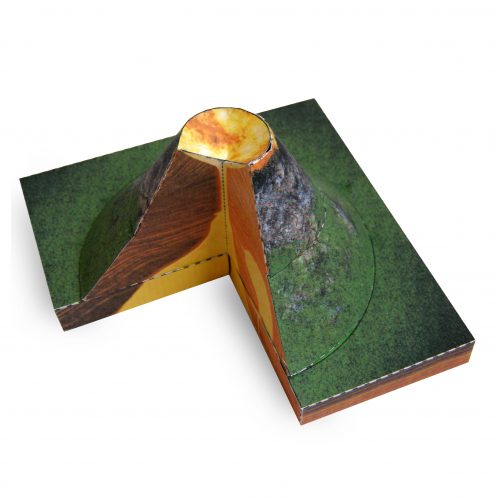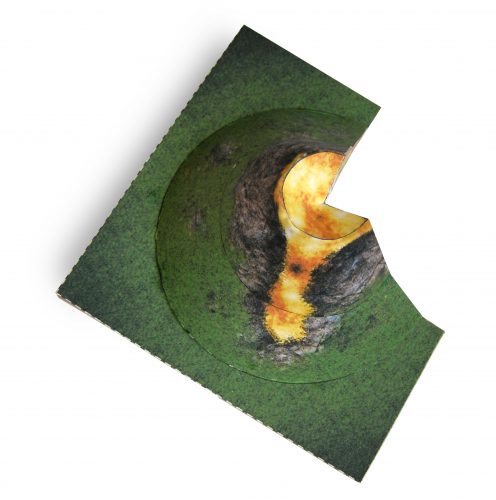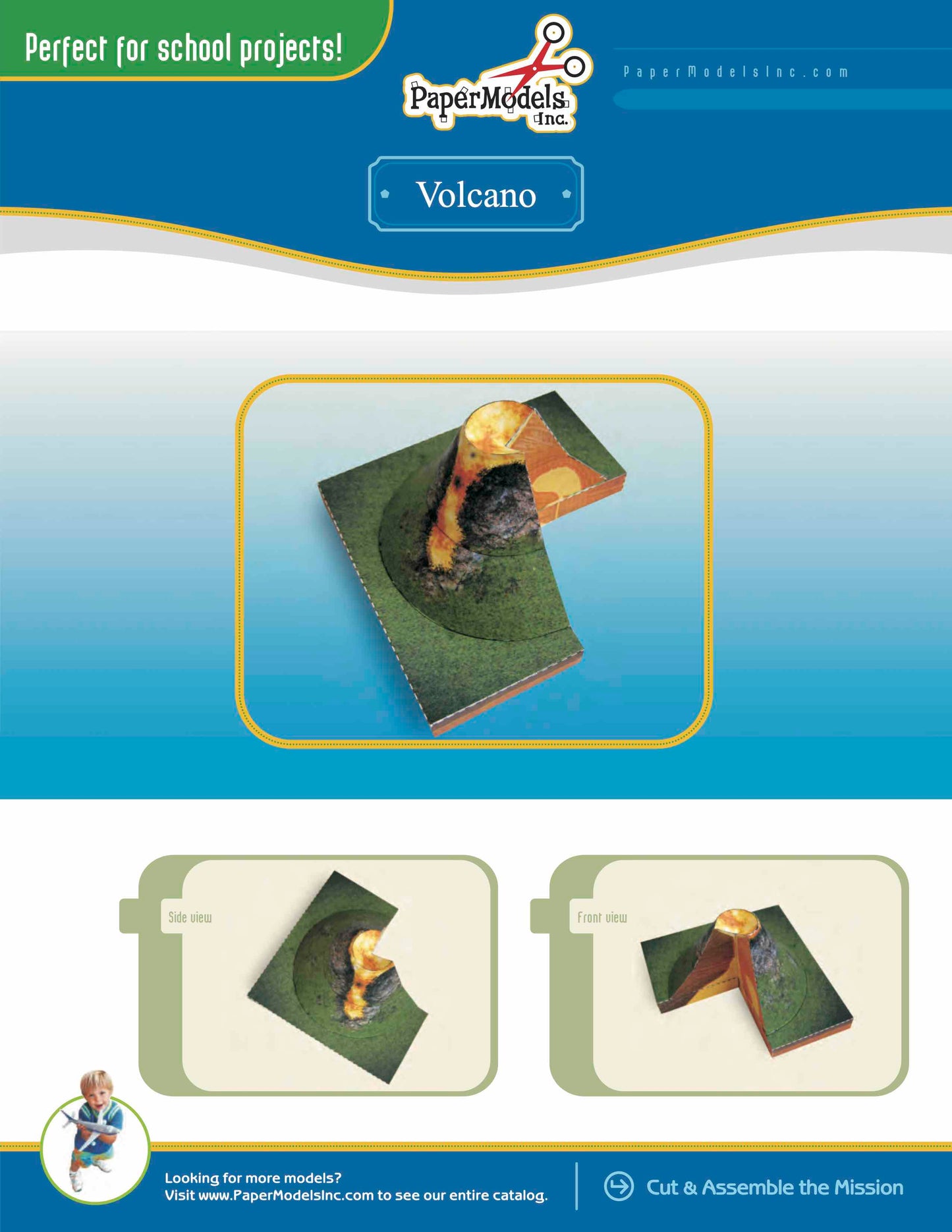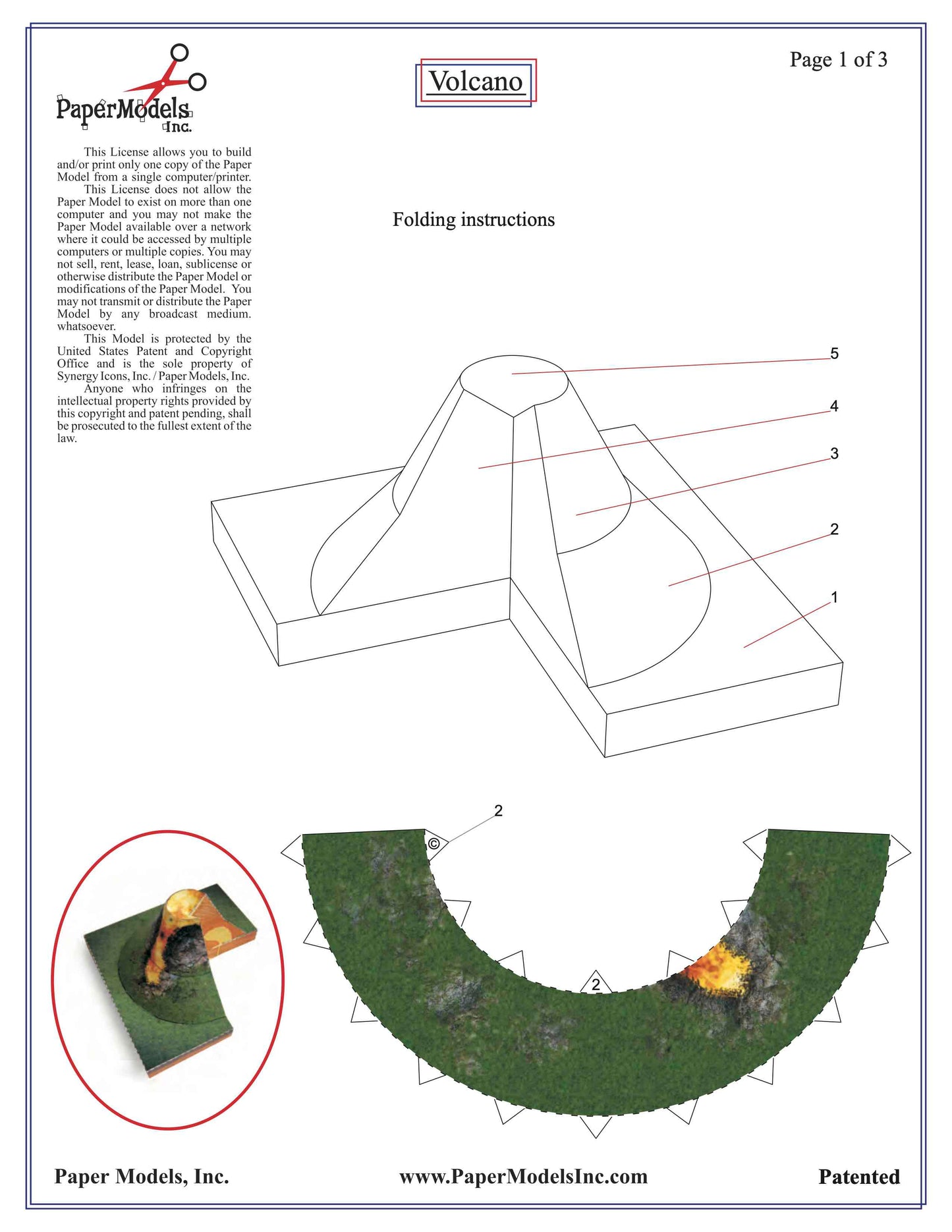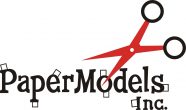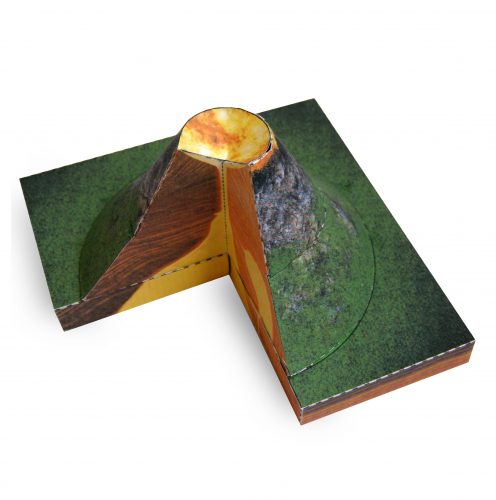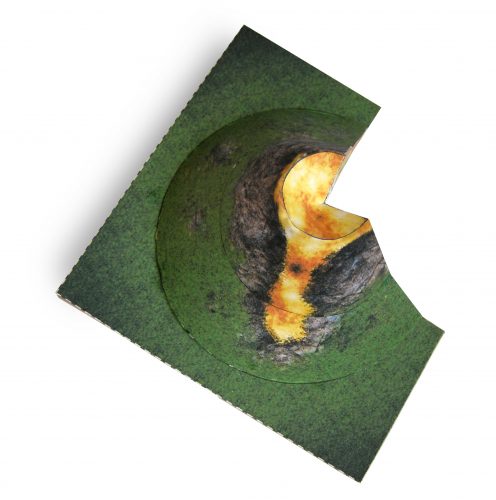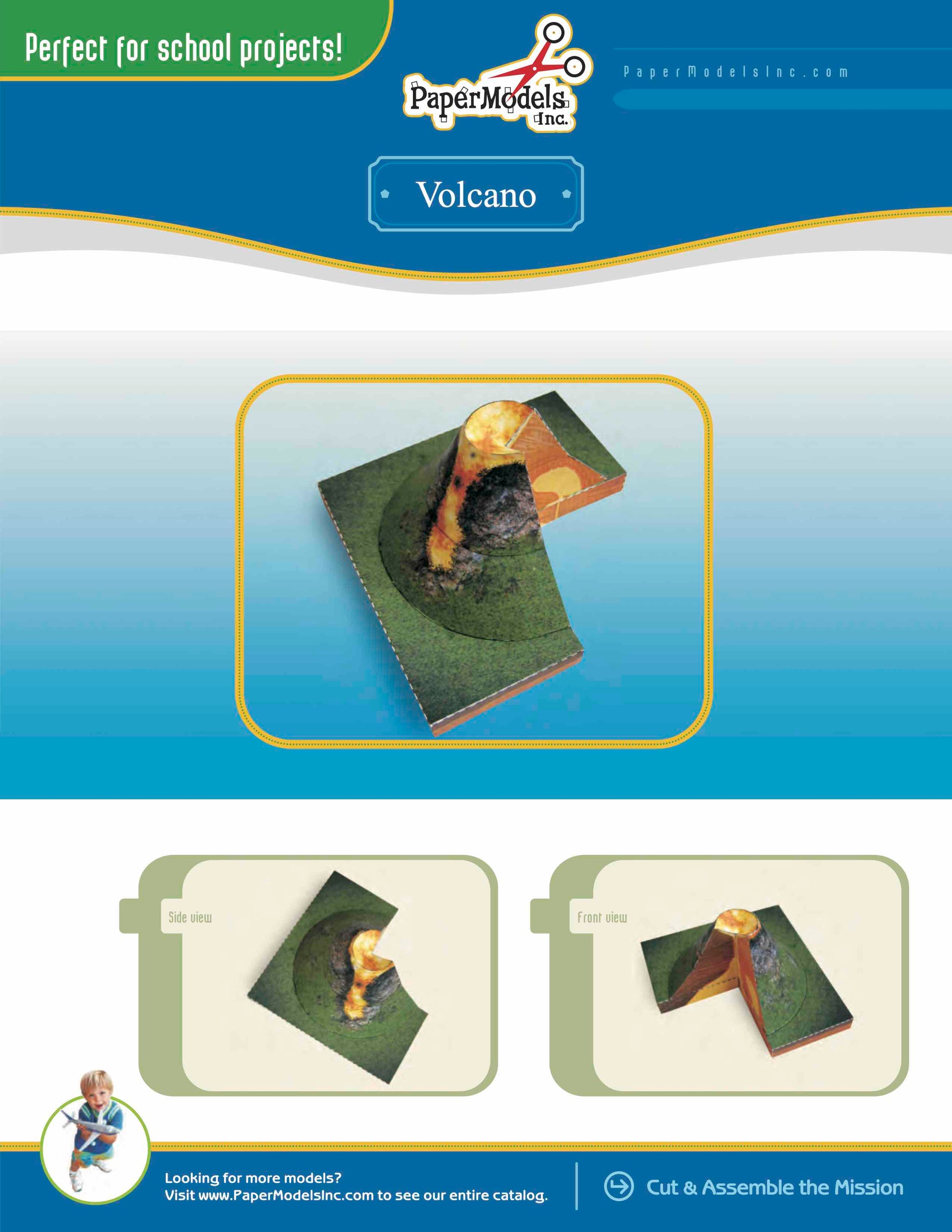Volcano Cut Away Science Project
Volcano Cut Away Science Project
No se pudo cargar la disponibilidad de retiro
🌟 Welcome to Paper Models Online – Your Shortcut to Academic Excellence! 🌟
Are you tired of stressing over last-minute school projects? Look no further! Paper Models Online is here to make your academic life a breeze.
🚀 Why Choose Us?
At Paper Models Online, we understand the pressure of looming deadlines and the desire for that coveted "A" grade. That's why we've crafted the perfect solution for you! Whether you're a student aiming for extra credit, a parent looking for quality time with your kids, or just someone in need of a break from the chaos, our paper models are your ticket to success!
💻 Instant PDF Download OR Pre-Printed & Shipped
You're in control! Choose from our instant PDF download, starting at just $9.95 for the 7"x10" size or $11.95 for the 10"x13" size.
Print it on your home or office printer using regular paper, or opt for the hassle-free pre-printed option. We'll ship it directly to your doorstep for a flat $5 fee via USPS First-Class Parcel, ensuring you get it in 1-3 days!
✂️ Easy Assembly, Maximum Impact
With just a pair of scissors, some glue, and an hour of your time, you can turn these paper sheets into stunning three-dimensional architectural replicas or complete science projects. The images on our website are real models made from our kits, and we even provide a history to help you craft an impressive report.
🎨 Unleash Your Creativity
Not into mission kits? No worries! Our models double as templates for your creative genius. Paint, trace, adjust sizes—your imagination is the only limit! Create a custom masterpiece that reflects your unique style and personality.
🛒 The Buying Process Made Simple
- Choose Your Size: 7"x10" or 10"x13"
- Choose Your Delivery: Instant PDF download or pre-printed and shipped
- Purchase Your Model: It's that easy!

📦 Typical Kit Sample
Each kit includes 8 to 18 pages, providing everything you need to bring the model to life. An "exploded view" guides you through assembly, and a complimentary history adds that extra touch for your report. Impress your teacher not just with creativity but also with your research skills!
Don't let deadlines stress you out. Choose Paper Models Online for your next school project, and let us be Your Best Way To Get An "A"! 🌟
 |
 |
 |
| Exploded View | Sample Pieces | Finished Model |
Free History For You Report
The Volcano
The very mention of the word “volcano” conjures up images of a fiery and angry Earth releasing molten lava and rock into an otherwise peaceful world – a violent speck on a serene landscape. Indeed, many of the world’s volcanoes lie in some of the most pastoral landscapes on the planet: forest-filled mountains, blue sea coasts, and on tropical islands. How these were all formed, however, have everything to do with the disruption and sudden change that a volcano eruption brings.
These mantle plumes occur when the hot rock deep inside the core of the Earth is pressurized to the surface. With both types of tectonic plate volcanic formations, a magma chamber is formed beneath the surface of the Earth and then swells up to the crust. In both instances, a pipe is formed, which is also known as a conduit. This conduit allows the magma and hot rock to vent from the Earth’s core to the surface, releasing pressure. The conduit widens at the throat of the volcano, which is near the top of the visible eruption point at the crater. The crater, along with the dome of the volcano itself, can vary in size due to factors including age of the volcano and frequency of eruptions – all of which help to build layers of ash and lava around the conduit. Over time, these layers can grow so large that they can form mountains – California’s Mount Shasta and Washington’s Mount St. Helens are just two such examples. When volcanoes are built in this method with the alternating layers of cinder, ash, and lava, they are known as stratovolcanoes (or composite volcanoes). Other types of cones, known as cinder cones, lack the heavy build up of ash and lava characteristic of more traditional volcanoes and usually do not remain active past their initial eruption; Arizona’s Sunset Crater is a good example of this.
A handful of volcanoes have been classified as supervolcanoes – these volcanoes are so large that they were not known about for centuries; entire towns and cities have been built inside of them in some cases, with residents completely unaware that they were living inside such a structure. Only two of these exist in The United States – the Valles Caldera in New Mexico and the Yellowstone Caldera in Wyoming. While considered active volcanoes, their last eruptions were 60,000 and 640,000 years ago, respectively.
Copyright © Paper Models, Inc.
Share

